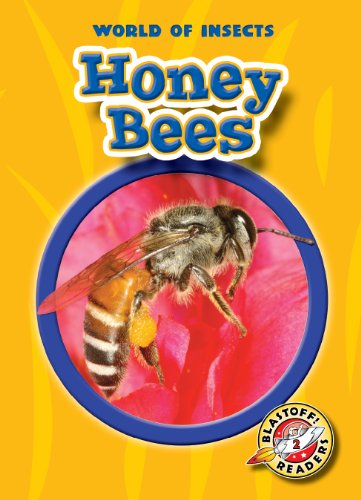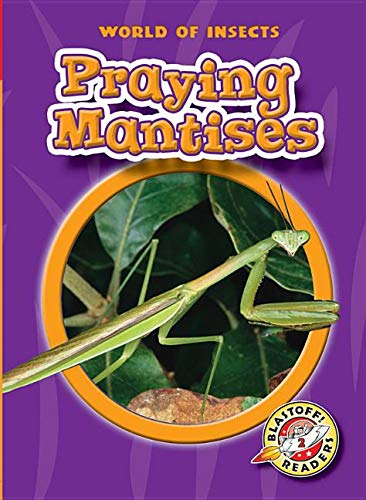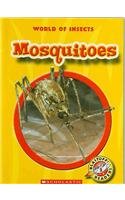-
Beetles
Colleen Sexton
Paperback (Blastoff! Readers, Jan. 1, 2008)With estimates between 5 and 8 million, beetles have more species than any other insect. Beetles can live in almost all habitats, using their strong jaws, legs, and other body parts to find food and defend themselves from predators. Eager readers will discover beetles of all shapes, sizes, habits, and colors! G
G
-
Ants
Emily K. Green
Paperback (Blastoff! Readers, Jan. 1, 2007)Ants live on every landmass on Earth except Antarctica and certain small islands. Living together in colonies, each ant plays a part in keeping the colony running smoothly. Learn how these busy insects build their homes, find their food, and work together! I
I
-
Honey Bees
Colleen Sexton
Paperback (Blastoff! Readers, Jan. 1, 2008)Honey bees collect pollen and nectar from hundreds of flowers a day. This helps flowers spread pollen to each other to make new seeds. Discover how bees go back to their hives and use the pollen and nectar to create sweet honey! G
G
-
Boxers
Mari Schuh
Library Binding (Bellwether Media, Jan. 1, 2016)Don't let boxers intimidate you. They're actually one of the goofiest dog breeds! Although their muscular bodies and watchful dispositions make them great police dogs, boxers are also loyal family companions. Find out more about the boxer's personality in this title for young learners. J
J
-
Dragonflies
Emily K. Green
Paperback (Blastoff! Readers, Jan. 1, 2008)Did you know that dragonflies have six legs like other insects, but cannot walk? Dragonflies use their powerful wings to get from place to place. Learn all about a dragonflys wings and how dragonflies use the other parts of their bodies to hunt and survive. M
M
-
Grasshoppers
Emily K. Green
Paperback (Blastoff! Readers, Jan. 1, 2008)Grasshoppers use their back legs to jump high into the air! They often travel in swarms that can easily eat an entire field of plants. Hop into this introduction and learn all about grasshoppers. J
J
-
Praying Mantises
Colleen Sexton
Paperback (Blastoff! Readers, Jan. 1, 2018)These unique insects get their name from the position in which they hold their front legs together. These legs are also "preying" as they shoot out and grab insects for the mantis to eat. Students will learn about the other physical characteristics of praying mantises and how they use each body part. G
G
-
Aphids
Patrick Perish
Library Binding (Bellwether Media, Aug. 1, 2017)Did you know that aphids poop honeydew? Its true! And its also fact that ants harvest this sweet poo. In this insect introduction, early readers will see aphids more as honeydew suppliers than pests. Red ones, black ones, green ones, woolly ones, and winged ones are all swarming in this title! L
L
-
Termites
Martha E. H. Rustad
Library Binding (Bellwether Media, Sept. 1, 2007)Termites live in colonies that are some of the most highly organized communities of insects in nature. There can be millions of termites in a colony, and each termite has a special job. Learn all about termite kings, queens, soldiers, workers, and the huge mounds that these insects make their homes. G
G
-
Great Danes
Chris Bowman
Library Binding (Bellwether Media, Jan. 1, 2016)Are they majestic, intimidating, or both? Great Danes, known for their size and poise, are a friendly, easygoing breed. Even though they can weigh up to 200 pounds, some Danes think they're lapdogs! Learn more about these long-legged, sensitive giants in this engaging book for beginning readers. J
J
-
Mosquitoes
Martha E. H. Rustad
Library Binding (Childrens Pr, Sept. 1, 2007)None G
G
-
Wasps
Martha E. H. Rustad
Library Binding (Bellwether Media, Sept. 1, 2007)Did you know that wasps chew plants and wood to make a paste that hardens into paper? They use this paste to make the nests in which they live. Eager readers will learn how wasps help protect plants, use their stingers, and build different kinds of nests. H
H